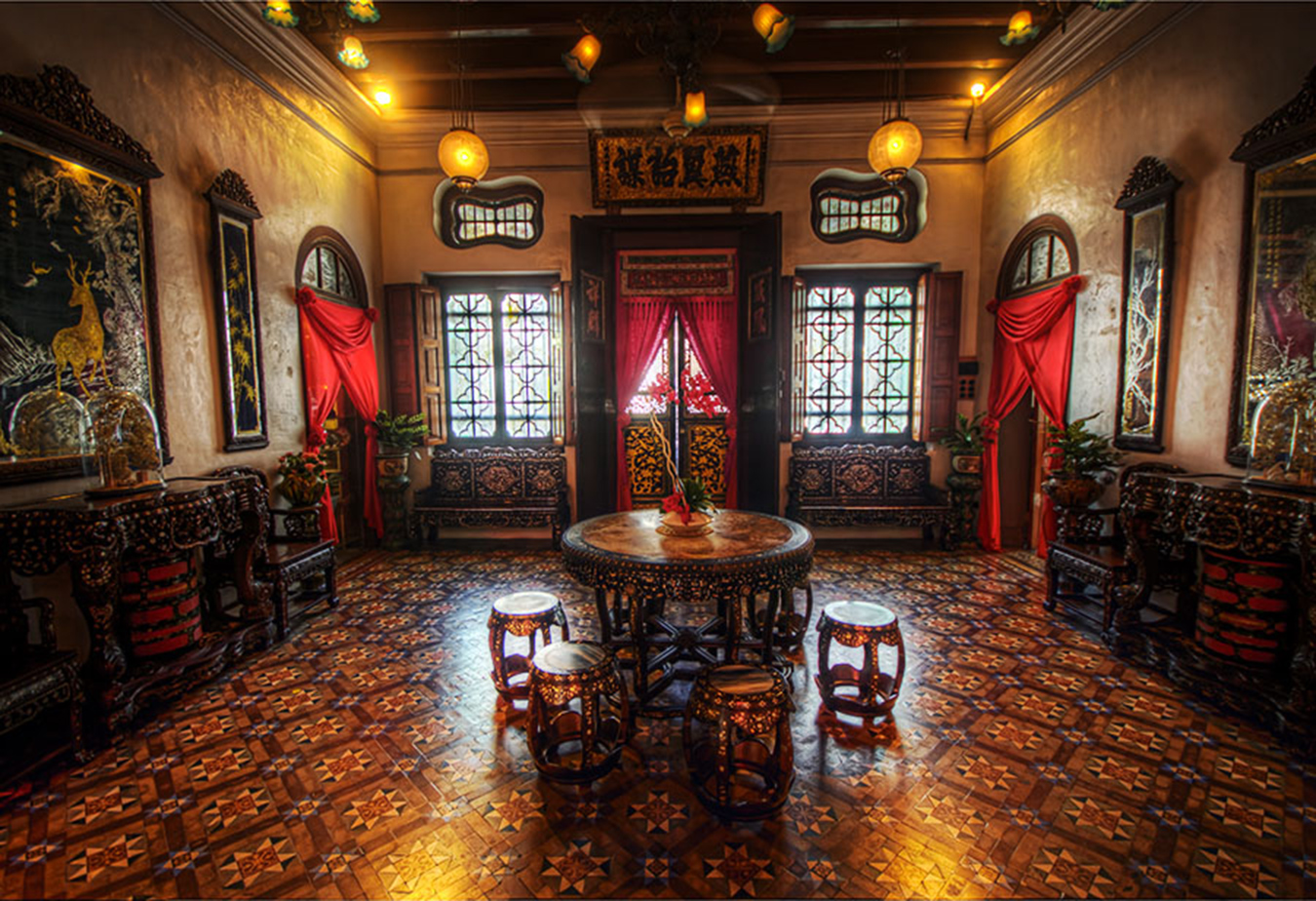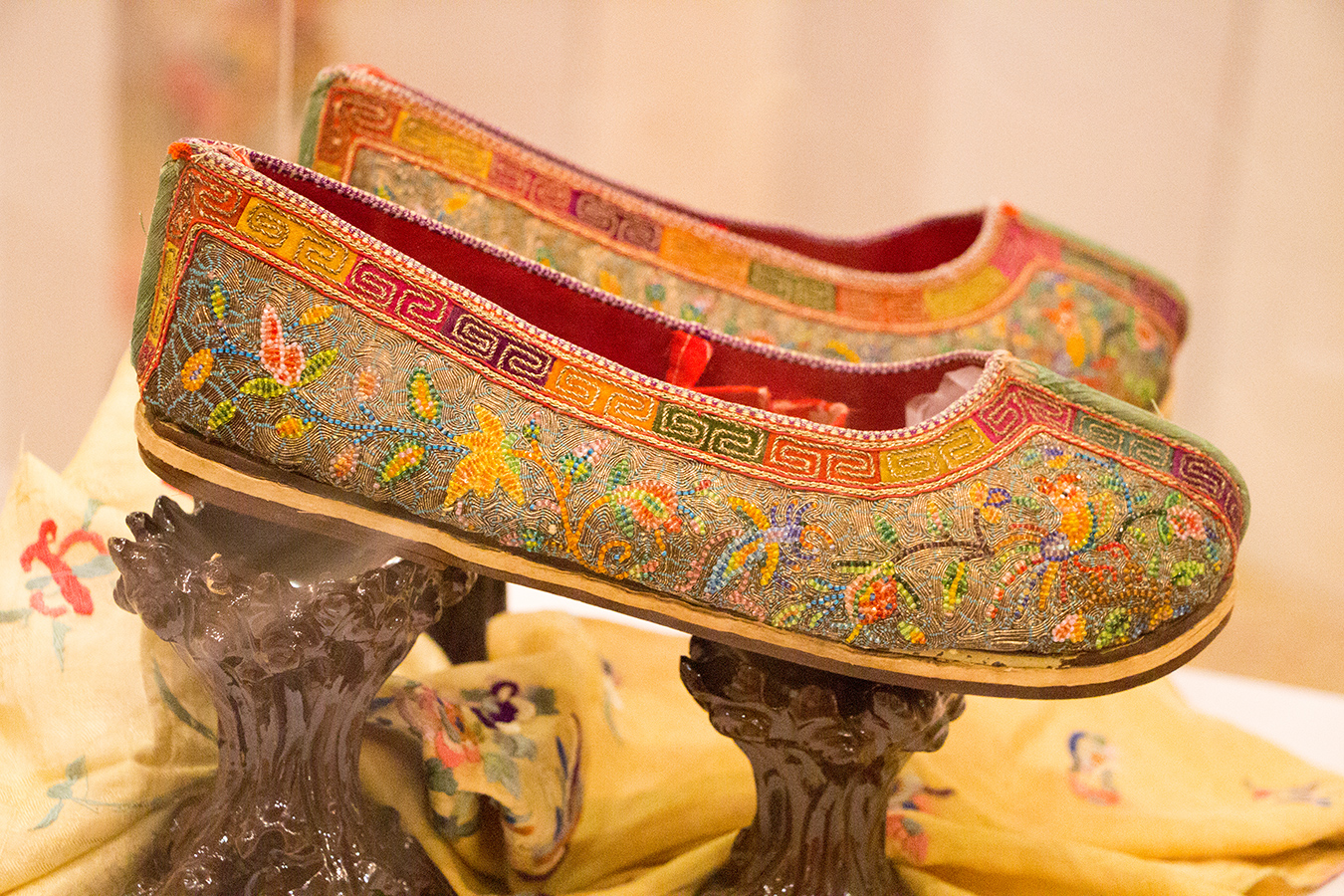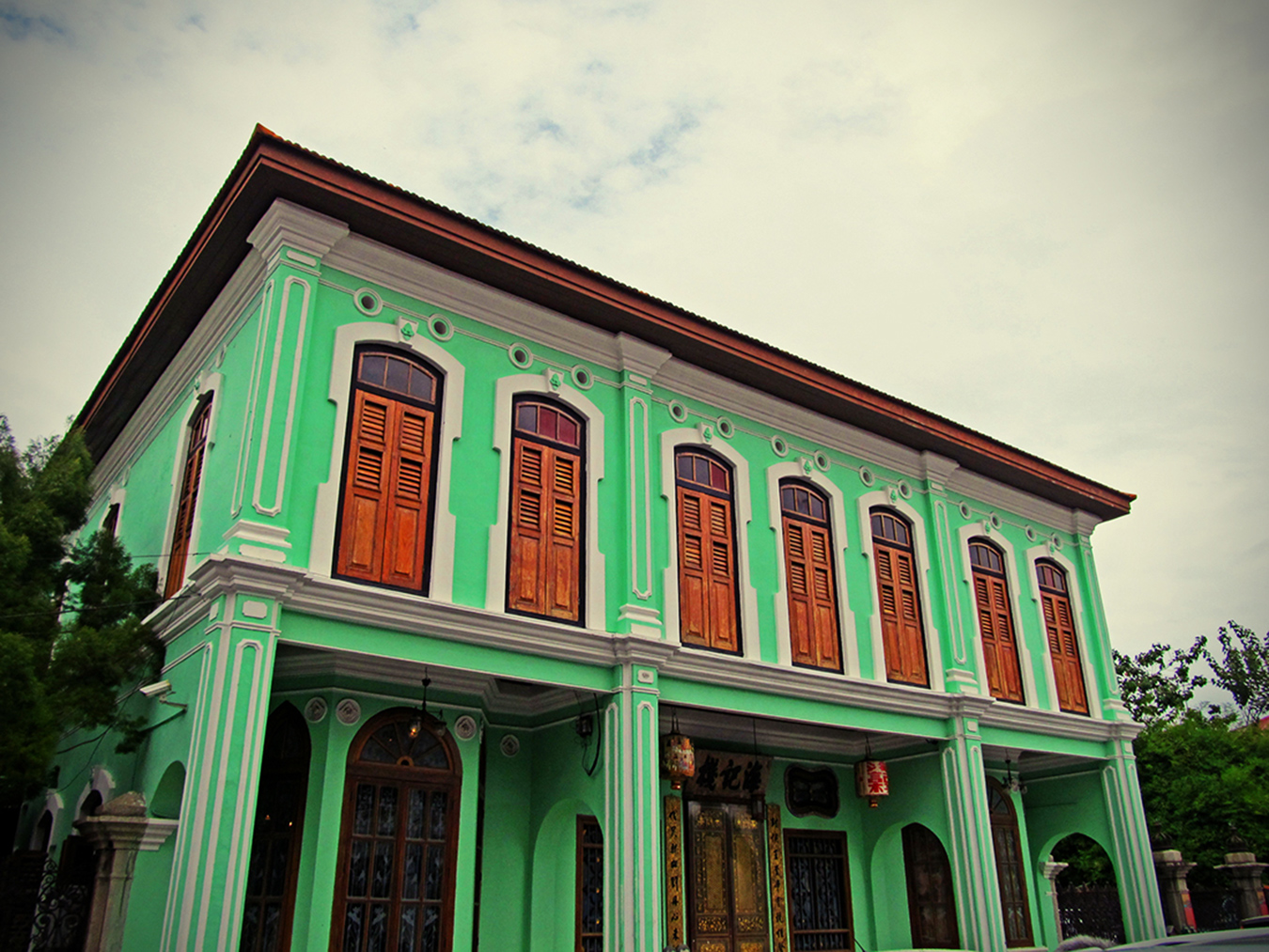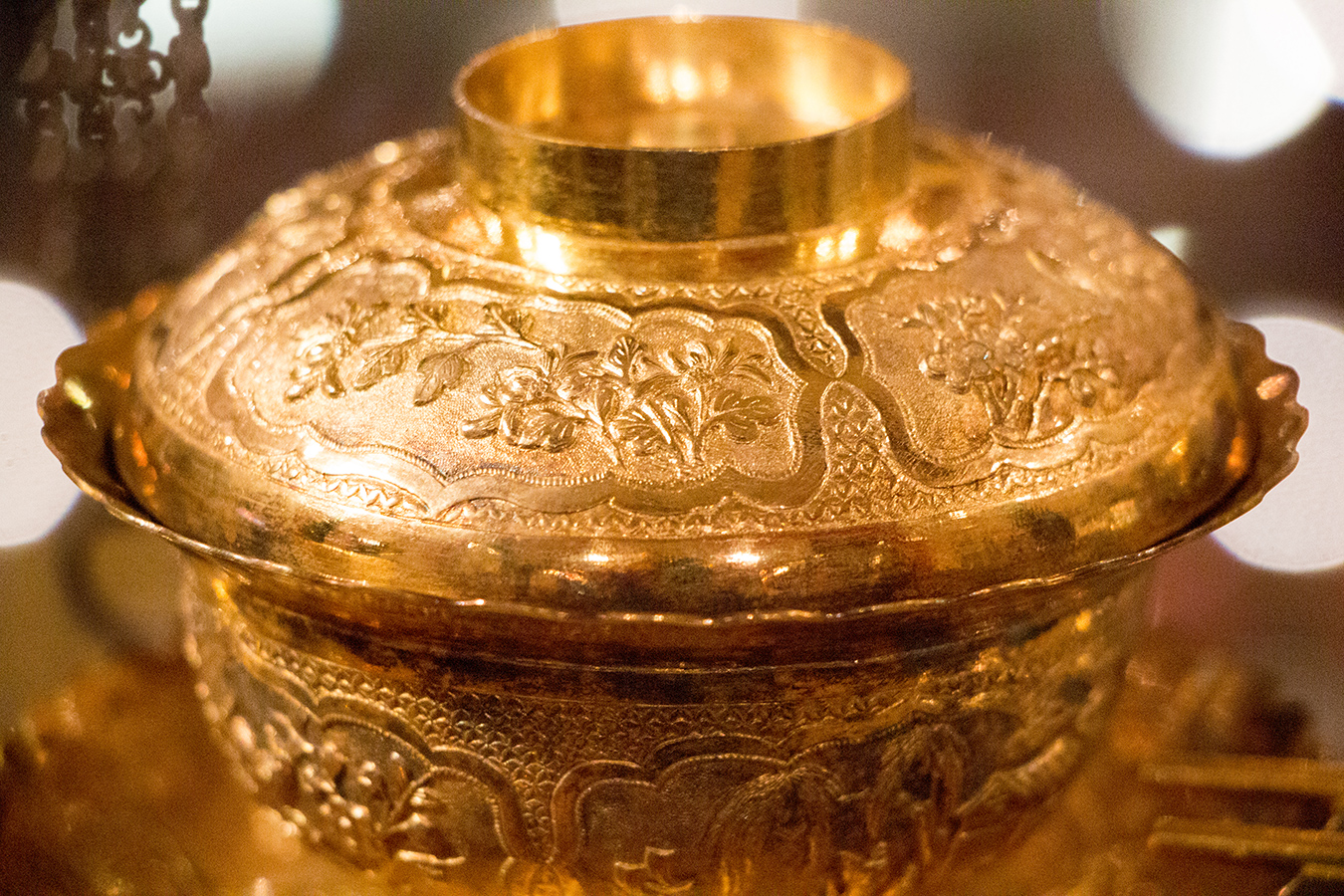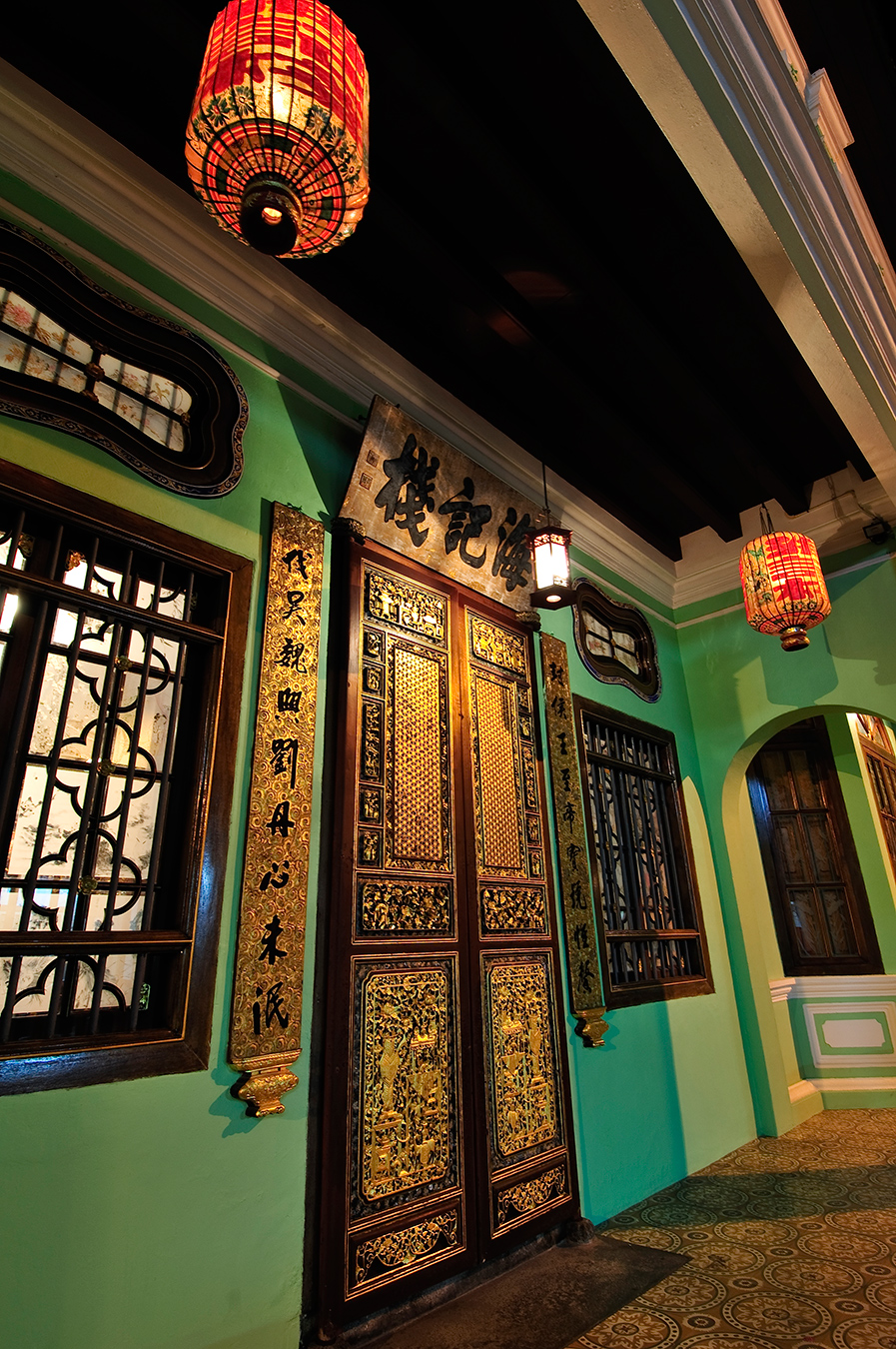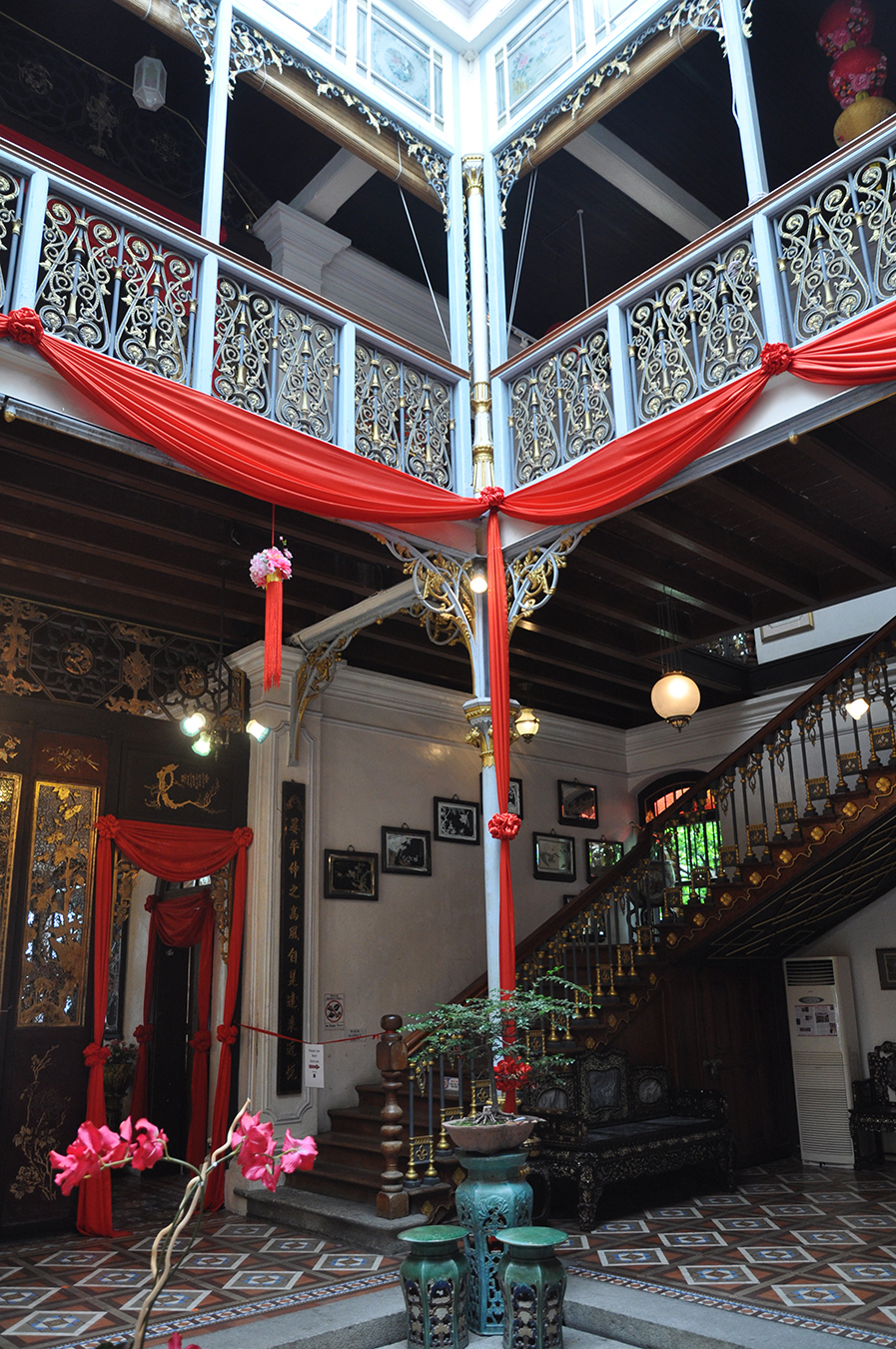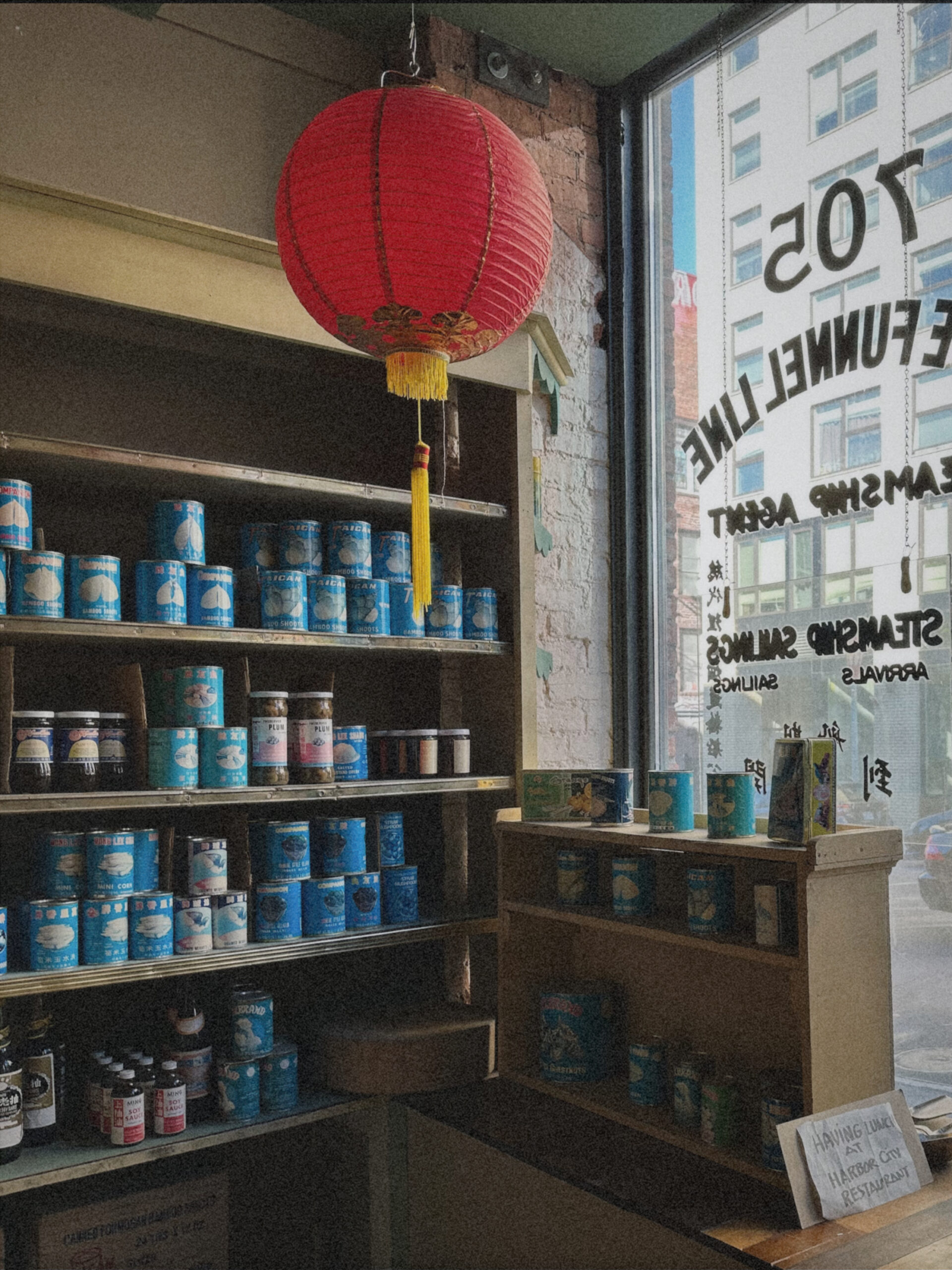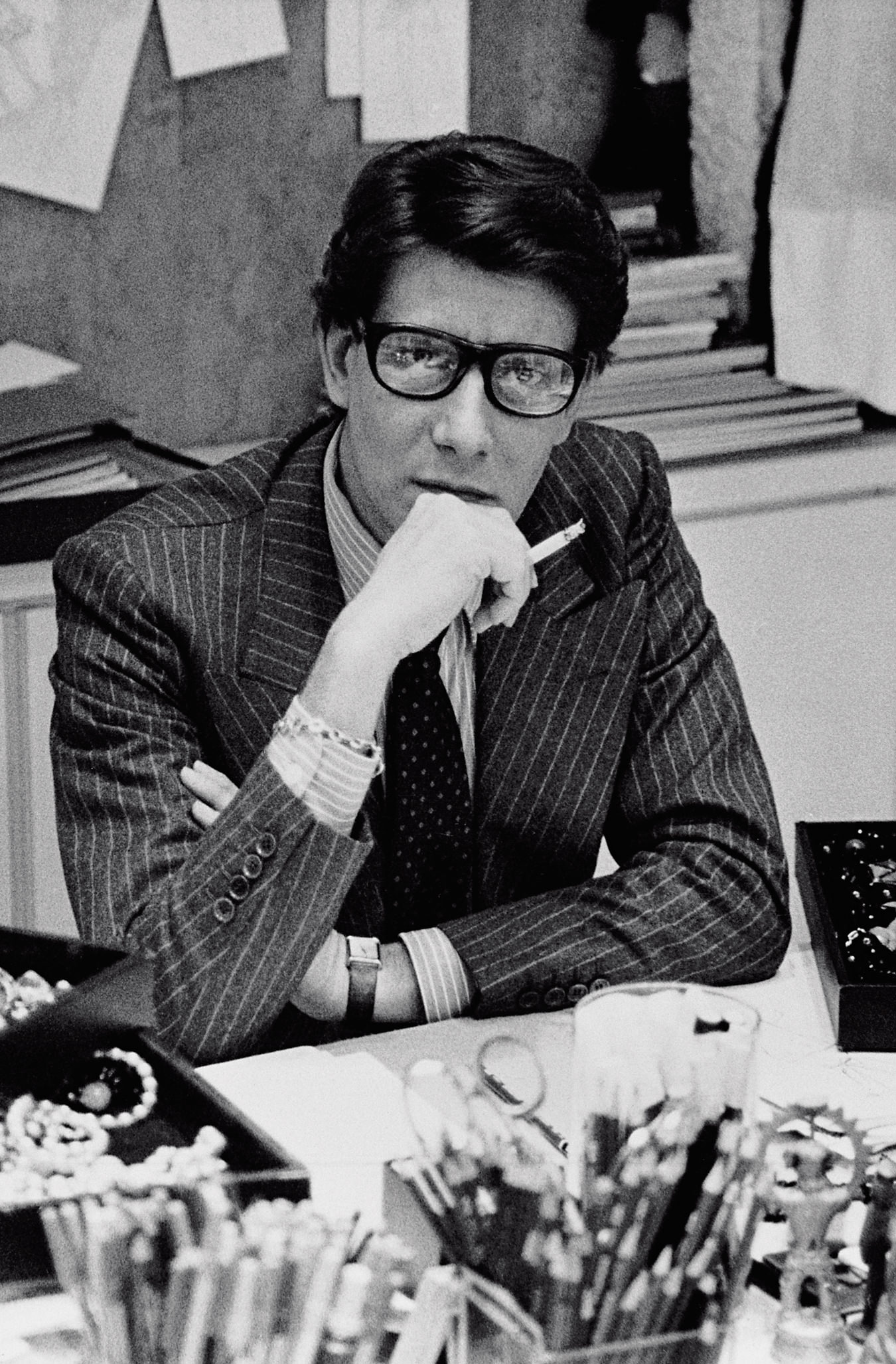Pinang Peranakan Mansion
Preserving the Peranakan culture in Malaysia.
Step around an ornately carved wooden screen—a “spirit wall” to prevent evil spirits from crossing the threshold—and you enter the Pinang Peranakan Mansion. Located in the UNESCO-listed city of George Town, Malaysia, the jade-coloured mansion offers a glimpse into the opulent lifestyle of wealthy Peranakans.
The term Peranakan refers to the descendants of Chinese traders who sailed in the 15th to 17th centuries to the Straits Settlements of Penang (or Pinang), Malacca, and Singapore and married local Malay women. When these territories became British colonies in 1867, the elite Peranakans adopted European customs, creating a unique east-meets-west culture with distinctive housing, food, clothing, and language that flourished in the late 19th and early 20th centuries. They played polo and built houses with chandeliers, but ate spicy Malay cuisine and performed hair-combing and other traditional Chinese ceremonies at weddings.
The mansion, built in 1894 in Peranakan-style, was purchased in 2000 by a wealthy antique collector and resort owner. He restored it to its former glory—refurbishing the elegant Minton ceramic floor tiles, cast-iron staircase railings from Scotland, and carved Chinese screens—and filled it with his personal collection of over 1,000 priceless treasures. It is open to the public as a museum, and is now the top visitor attraction in George Town.
Gold was the ultimate way for Peranakans to display their wealth, and the riches on display include a selection of dazzling gold jewellery and other items, from ankle bracelets to gold ear-cleaning picks. Perhaps the most notable are the gold filigree hairpins fashioned in the shape of a phoenix bird. Lillian Tong, the museum’s director and author of Straits Chinese Gold Jewellery, explains that privileged female Peranakans (called nyonas) would decorate their hair on their wedding day with more than 100 gold hairpins. “Because the phoenix pins are en tremblant (on springs), each mincing step of the nyonya bride would stimulate a movement on the springs, and the birds would become animated.”
Dozens of beautiful beaded ladies’ shoes and embroidered silk tapestries also catch the eye. “Young marriageable girls in those days were kept hidden at home and did needlecraft and embroidery,” says Tong, a fifth generation nyonya. “Each girl’s value and worth was partly stored in and judged by her handicraft, which could reveal if she was patient, dedicated, neat, tasteful, or artistic. If a matchmaker was impressed, word would go out that she’d make a good daughter-in-law.” The beaded slippers even delighted couture shoe designer Jimmy Choo when he visited the mansion. “He said he was inspired and could design a collection in pale muted hues,” says Tong. There’s much more to see too, including rare and valuable porcelain jars, mother-of-pearl inlaid furniture, the ladies’ parlour—where women would play cards, smoke tobacco, and gossip—and bridal chamber with a red-lacquer-and-gilt nuptial bed.
The Pinang Peranakan Mansion is the largest museum in the world dedicated to preserving the Peranakan history. “Today we have the last generation of elders who actually lived in that era,” Tong says. “It’s important to record their stories and identify the heirlooms left to us before they are lost forever.”
Photos by Janice Mucalov.
Originally published June 24, 2015.
_________
Never miss a story. Sign up for NUVO’s weekly newsletter, here.





